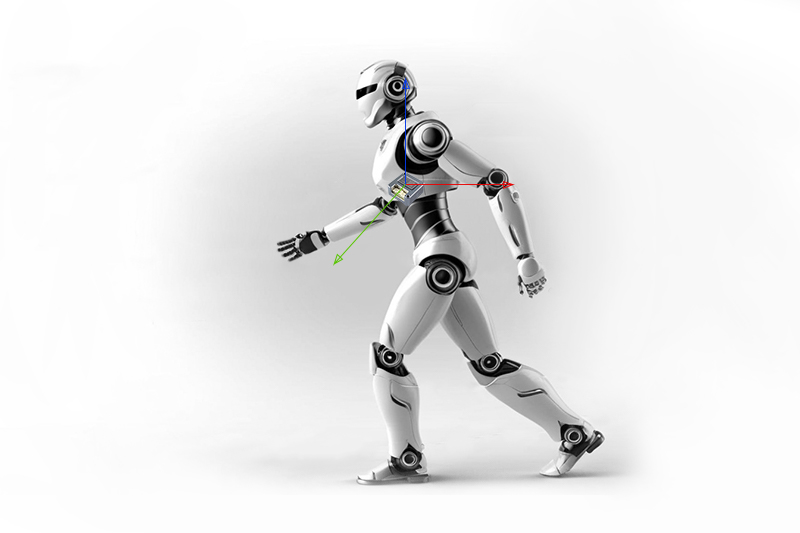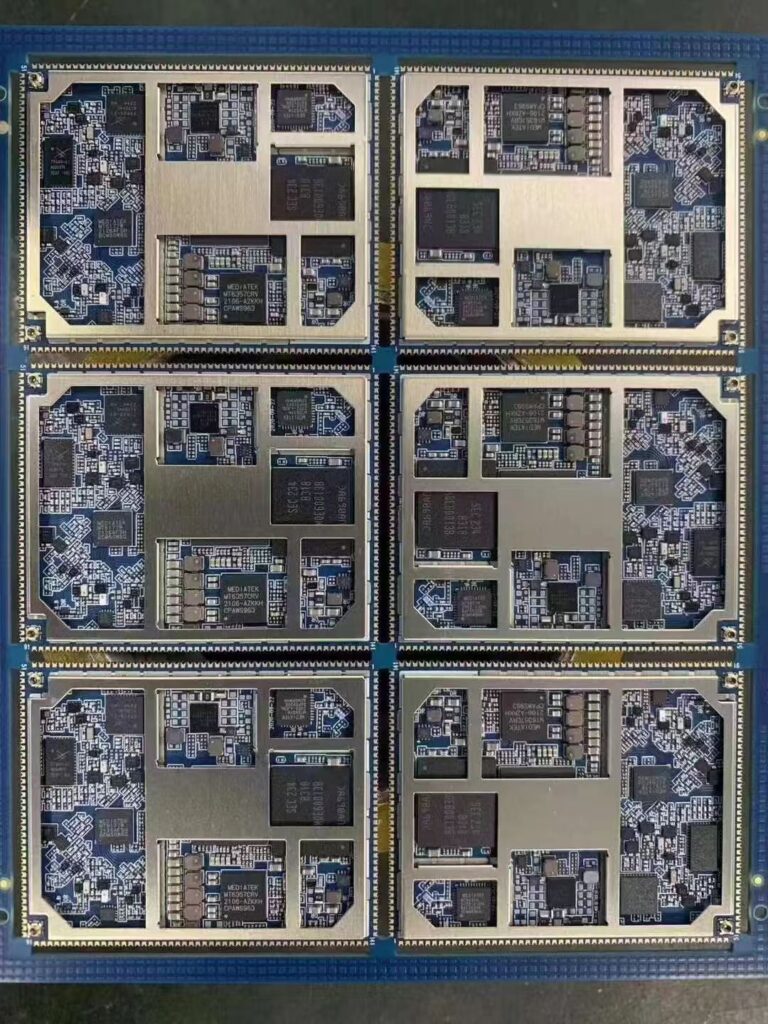The “Robot Brain” company has a total of 22 enterprises in the brain category.
Among them, the number of American enterprises is the largest, with 13, accounting for 59%, showing an obvious advantage. There are only 3 in China, namely Baidu, TSMC, and Horizon Robotics. The brain involves both software and hardware and is the intelligent core of robots. Among them, there are three key software technologies: generative AI foundation models, simulation models for training, and digital twin technology.
Since the United States started earlier in the fields of artificial intelligence and robotics technology, from the concept of artificial intelligence proposed in the 1950s to the subsequent exploration of robotics technology, the United States has always been at the forefront, accumulating a large amount of technology and experience.
Among the above three key software technologies for the human-like robot brain, the United States still takes the lead. The most famous enterprises include OpenAI and NVIDIA. Data science and analytics software can enable human-like robots and developers to collect massive amounts of sensor data. Among the top 100 human-like robot enterprises in this regard are Oracle (Oracle) and Palantir in the United States.
In addition, the brain also requires hardware such as AI chips and semiconductors as physical computing carriers. The following are the enterprises from China and the United States selected into the top 100 human-like robot enterprises in this field:
China: Horizon Robotics, TSMC
United States: Ambarella, NVIDIA, Intel, Qualcomm, Micron (Micron Technology), Cadence Design Systems, etc.
Robot Body: Dominated by China
Although Chinese enterprises are few and far between in the brain field, they show strong advantages in the body category. There are a total of 64 enterprises in the body category, of which 24 are Chinese enterprises, accounting for the highest proportion.
In addition, there are 18 in the United States, 8 in Japan, 2 in South Korea, 10 in Europe, 1 in Canada, and 1 in Australia. Brett Adcock, the founder of Figure AI, a human-like robot unicorn, once said that the supply chain of human-like robots in the United States is very poor, which has forced them to vertically integrate the entire hardware and software stack of human-like robots. Compared with other regions, China’s supply chain has significant characteristics of being complete, diverse, and efficient, with rapid response and more competitive product prices. The body of a human-like robot includes core components such as actuators, sensors, batteries, analog semiconductors, wires, and connector networks. The exterior of the robot is usually made of a mixture of aluminum alloy and plastic to minimize weight. Among them, the actuator is the most core component, consisting of a reducer, motor, encoder, bearing, screw, etc., equivalent to the joints or muscles of a human being. The greater the degree of freedom required by a human-like robot, the more actuators it needs. Currently, the degree of freedom of a human-like robot usually ranges from 16 to 60. Tesla’s human-like robot Optimus uses 28 actuators to achieve 50 degrees of freedom. The reducer is a device that converts electrical energy into kinetic energy. The market for high-performance reducers is mainly dominated by Japan, with representative enterprises including Harmonic Drive System and Nabtesco (Nabtesco). However, the performance of products from Chinese enterprises such as Leader Harmonious Drive System is gradually approaching the international advanced level. In addition, Chinese enterprises such as Shuanghuan Driveline, Zhongdalide, Dada Industrial (Taiwan region), and Siasun Robotics (Taiwan region) are also making efforts to catch up. The motor can provide power for the robot. Since the performance requirements of the motors of human-like robots are relatively high, most of them use rare earth magnets. Among the enterprises that have entered the top 100 human-like robots in the fields of motors and rare earths are Estun Automation, Leisai Intelligent, Shanghai Mingzhi, Inovance Technology, Zhaowei Machinery & Electronics, Zhongdalide, JL Mag Rare-Earth, and Baotou Rare Earth in China, Regal Rexnord (Regal Rexnord Group) and Sensata in the United States, and Nidec in Japan.
In terms of encoders, bearings, and screws, Chinese enterprises such as Hengli Hydraulic, Siasun Robotics, and Beitech, American enterprises such as RBC Bearings (RBC Bearings) and Regal Rexnord (Regal Rexnord Group), and Japanese enterprises such as Nidec and NSK have all entered the list of the top 100 global human-like robots. The sensors of human-like robots include visual sensors, force sensors, inertial sensors, temperature sensors, etc. The six-axis force sensor is the most complex force sensor. Representative enterprises in this field include RoboSense, Wolfspeed, and Kelisi Sensing in China, Intel (Intel) and Analog Devices (Analog Devices) in the United States, Sony in Japan, and Aptiv (Aptiv) in Europe. Among them, RoboSense shows an extremely positive strategic advancement. In January this year, RoboSense announced its full entry into the human-like robot field, releasing a dexterous hand, a complete human-like robot, and four incremental robot components and solutions, providing underlying tools for robot vision, touch, joints, and intelligence.
Morgan Stanley believes that as market demand increases, they may provide the most necessary components. Hon Hai Precision Industry (Foxconn) in China and Honeywell in the United States belong to this category.
However, an important issue that cannot be ignored is that the high-end component market for human-like robots is currently still dominated by European, American, and Japanese companies. China mainly provides products that are more basic and cost-effective. That is to say, although Chinese enterprises have advantages in terms of price and output of robot components, there is still a large gap compared with European and American enterprises in terms of accuracy, stability, and performance.
- Robot Integration Companies
There are 22 enterprises in the integration category. Among them, there are 10 in China, 4 in the United States, 2 in Japan, 5 in South Korea, and 1 in Europe.
Currently, Tesla occupies a leading position among integrators. Although Chinese enterprises lead in number, only 5 of them are actually carrying out independent research and development of human-like robot business. Human-like robot integrators have the ability to develop complete human-like robots. The participants mainly include four categories: automobile companies, consumer electronics companies, e-commerce and Internet companies, and traditional robot manufacturers. In addition to these four categories, there are also specialized human-like robot manufacturers. Automobile companies have a solid foundation in engineering manufacturing and excellent supply chain collaboration capabilities. On the other hand, Morgan Stanley believes that many human-like robot manufacturers have not yet reached a large scale, and currently most start-up companies’ products have not yet had a substantial impact. Therefore, most new and emerging human-like robot start-ups have not been selected.


